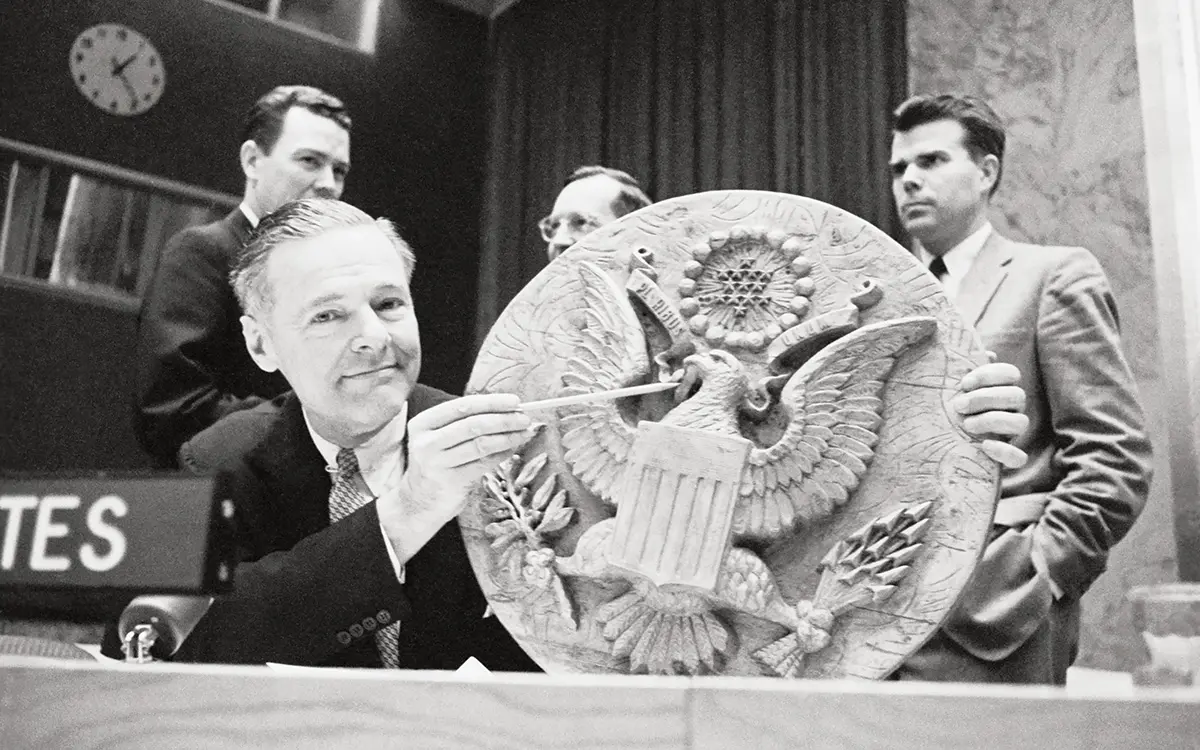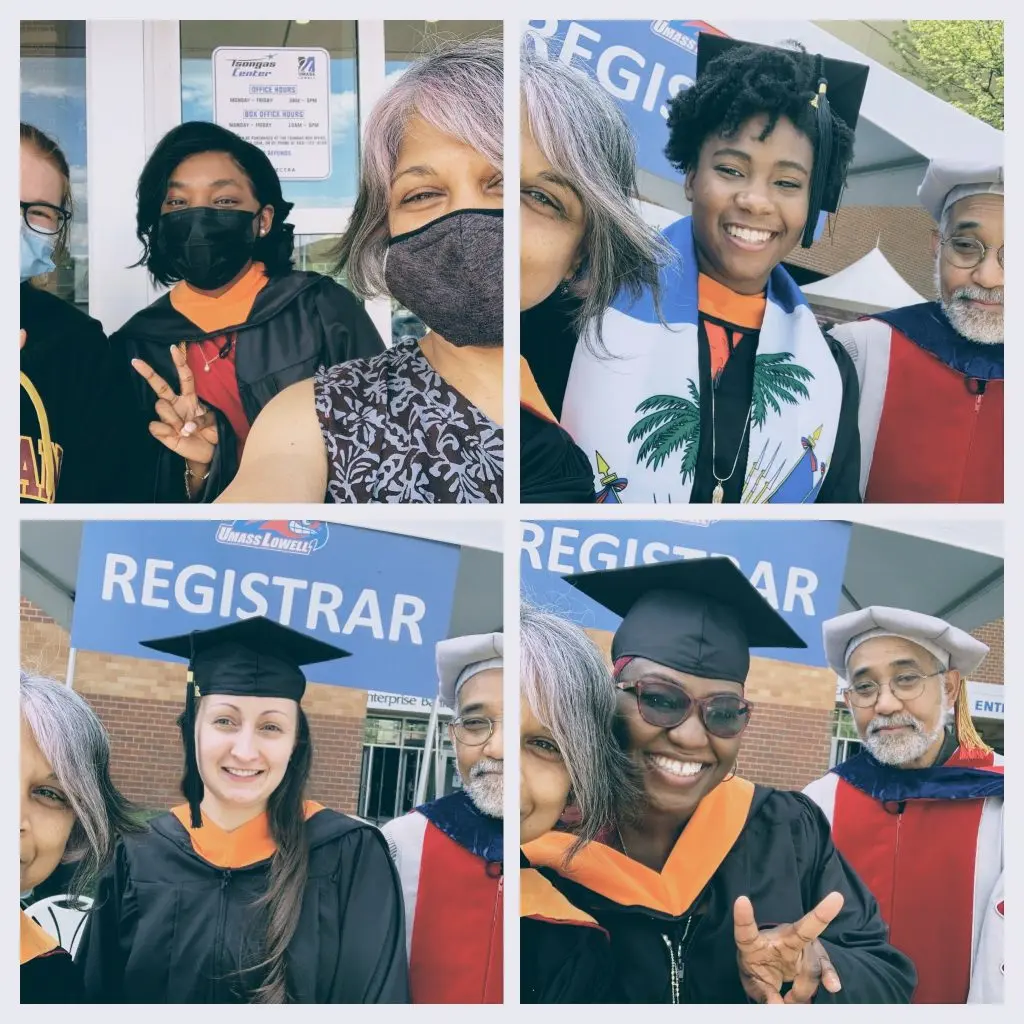CACT was created in 1990 by Professors Charles Thompson and Venkatarama Krishnan from the Department of Electrical and Computer Engineering with a vision to support students and faculty in interdisciplinary research, education and service. Our research focus is on computational modeling of acoustic, communications and stochastic systems. In the last three decades, over two hundred students from CACT have graduated with degrees in Electrical, Computer Engineering and Computer Science gaining experience in undergraduate and graduate research. The Center promotes the engagement of students in community service and supports their development as mentors and role models.
The Center for Advanced Computation and Telecommunications (CACT) is a collective of students, faculty and alumni striving to engage and support a diverse group of researchers and educators in engineering and science.
Current Projects
Thompson and Denis Edit Special JASA Issue on Acoustofluidics
The Acoustical Society of America, will publish in 2021 a JASA Special Issue that seeks to address the fundamental science impacting the application of acoustically driven fluid motion. Guest Editors: James Friend (UCSD), Charles Thompson (UML), Kedar Chitale (FloDesign Sonics) and Max Denis (UDC).
Learn more on our Research webpage.
Innovations in Graduate Education: Cyber-Physical Systems Engineering

CACT researchers are developing novel graduate education models with support from the National Science Foundation Innovations in Graduate Education (IGE) award (2021).
Learn more about Innovations in Graduate Education: Cyber-Physical Systems Engineering.
New JASA publication presents a model for the Great Seal Bug, the 'Thing'

In this paper entitled, Analysis of a passive radio frequency excited acoustic transducer, authors Hu, Thompson, Remillard and Chandra model the physical processes that govern the operation of a passive acoustic transducer. Research models the Great Seal Bug or the ‘Thing’ which was hidden in the US embassy inside the seal of the US by the Soviet Union in 1945.
Learn more on our Research webpage.
CACT Graduates - 2021

Congratulations to CACT students Lejun Hu (PhD, EE), Angela Bertolino (MS,EE), Arielle Joasil (MS, EE), Habibat Alimi (MS, EE), Flore Stécie Norcéide (BS, EE) and Sarah Kamal (BS, EE) on completion of their dissertations and degrees amidst the chaos of 2020-2021.
Meet our Alumni ---- NEEDS LINK TO ALUMNI PAGE.
New Graduate Certificate on Engineering Data Analytics
Designed and taught by CACT Faculty, four three credit courses provide engineering students requisite background in:
- Probability and stochastic processes (EECE.5840);
- Algorithmic theory and performance of regression and classification functions (EECE.5440) for machine learning;
- Time-series analysis and state-space modeling of stochastic systems (EECE.5470) and
- Methods for decision making and optimization under uncertainty (EECE.5490
Contact Prof. Kavitha Chandra for more information. See what other courses our faculty teach.
Collaborative Research on Future of Work using Augmented Reality

This research explores the role of AI-Assisted Augmented Reality systems in training future workforce, improving inter-generational communications, and sharing knowledge across disciplines. The team from UMass Lowell, University of Akron and Ohio State University will apply tools from Participatory Action Research to hone research questions and design workflow processes.
Learn more about Participatory Action Research and the Future of Work at the Human - Technology Frontier.

